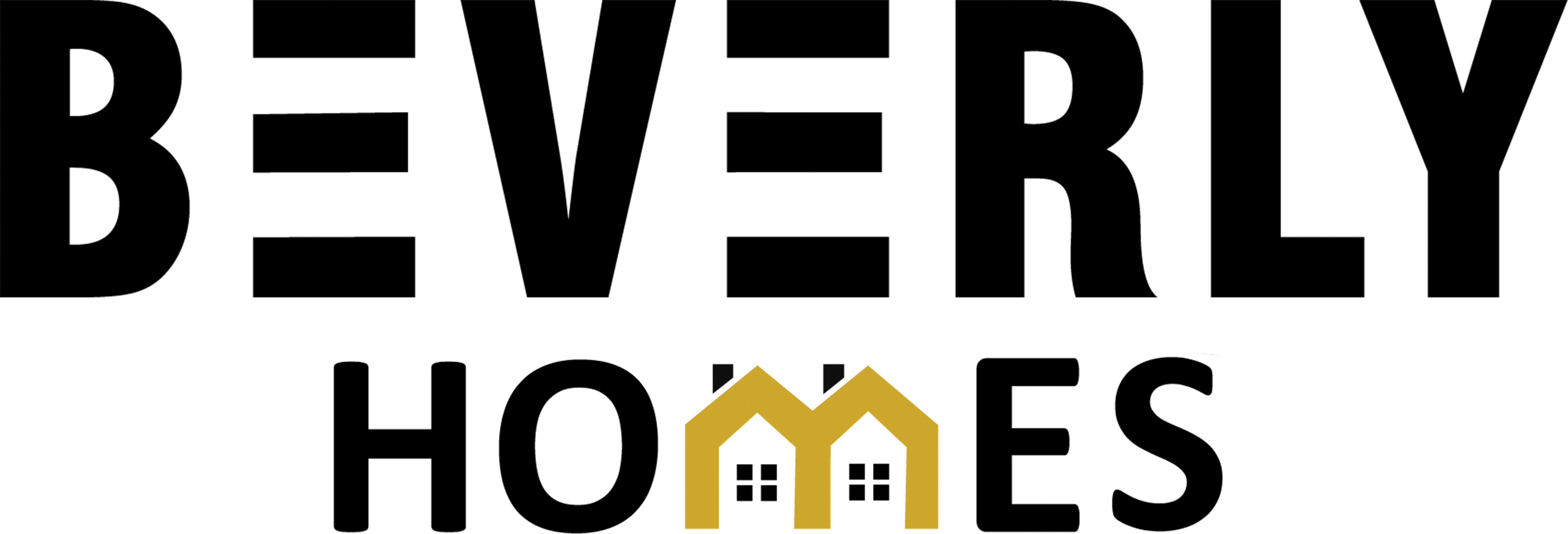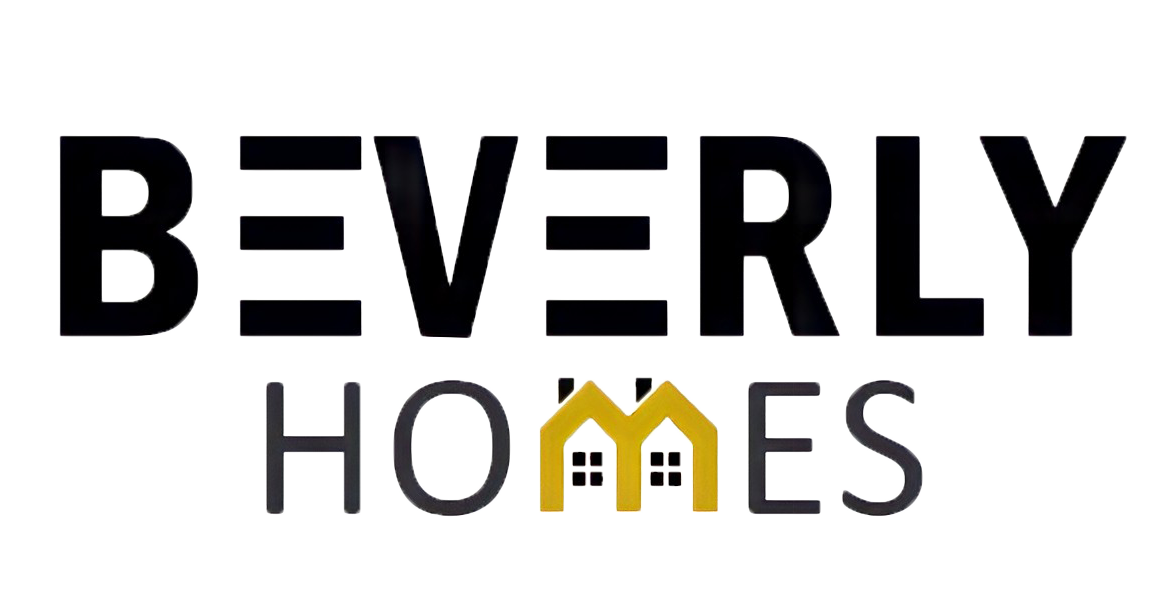Passive House Trends in 2024
In recent years, the concept of passive houses has gained significant traction in the construction industry as a sustainable solution for energy-efficient living. This article explores the evolution, features, benefits, and future trends of passive houses, shedding light on their global impact and investment opportunities.
Introduction to Passive Houses
Passive houses, also known as Passivhaus in German, are buildings designed to maintain comfortable indoor temperatures without traditional heating or cooling systems. Instead, they rely on passive design strategies to maximize energy efficiency.
History and Evolution of Passive Houses
The concept of passive houses originated in the 1970s in response to the oil crisis. Driven by the need for energy conservation, pioneers such as Wolfgang Feist and Bo Adamson developed the principles of passive design, which prioritize insulation, airtightness, and natural ventilation.
Key Features of Passive Houses
Passive houses are characterized by superior insulation, high-performance windows, and mechanical ventilation systems with heat recovery. These features minimize energy consumption and ensure a constant supply of fresh air, creating a comfortable indoor environment year-round.
Benefits of Passive Houses
The benefits of passive houses extend beyond energy savings. They offer enhanced thermal comfort, improved indoor air quality, and reduced carbon emissions. Moreover, passive houses are cost-effective in the long run, with lower utility bills and maintenance expenses.
Design Principles for Passive Houses
Effective passive house design requires careful consideration of orientation, thermal mass, and shading elements. By optimizing solar gain and minimizing heat loss, architects and builders can create buildings that are both energy-efficient and aesthetically pleasing.
Challenges and Misconceptions
Despite their numerous advantages, passive houses face challenges such as higher initial costs and misconceptions about their suitability for different climates. However, advancements in technology and building techniques are addressing these issues, making passive construction more accessible and adaptable.
Passive House Certification
To ensure compliance with passive house standards, projects can undergo certification by organizations such as the Passive House Institute (PHI). Certification involves rigorous testing and verification of energy performance criteria, providing confidence to homeowners and investors.
Examples of Successful Passive House Projects
From single-family homes to large-scale developments, passive house projects have demonstrated their effectiveness worldwide. Notable examples include the Treehaus in California and the Bahnstadt district in Germany, showcasing the diversity and scalability of passive design.
Future Trends in Passive House Design
Looking ahead, the future of passive houses lies in the integration of smart technology and sustainable materials. Innovations such as phase change materials and energy-efficient appliances will further enhance performance and reduce environmental impact.
The Global Impact of Passive Houses
As the world seeks solutions to mitigate climate change, passive houses offer a practical approach to reducing energy consumption and greenhouse gas emissions. By promoting sustainable building practices, passive construction contributes to global efforts to combat environmental degradation.
Investment Opportunities in Passive House Construction
The growing demand for energy-efficient buildings presents lucrative opportunities for investors and developers. In addition to financial incentives such as tax credits and subsidies, passive house projects offer long-term value through reduced operational costs and increased property value.
Case Studies: Real-life Examples
Real-life case studies illustrate the tangible benefits of passive houses for occupants and communities. By showcasing successful projects and sharing lessons learned, architects and builders can inspire others to embrace passive design principles.
Educational Initiatives and Awareness
To accelerate the adoption of passive houses, educational initiatives and public awareness campaigns play a crucial role. Training programs for professionals and outreach activities for homeowners raise awareness about the benefits of passive construction and empower individuals to make informed decisions.
Regulatory Support and Policy Advocacy
Government support and policy advocacy are essential for mainstreaming passive house construction. Through incentives such as energy efficiency standards and green building codes, policymakers can incentivize developers to prioritize sustainable design and construction practices.
Conclusion
In conclusion, passive houses represent a sustainable solution for energy-efficient living, offering benefits for both occupants and the environment. As technology advances and awareness grows, passive construction will continue to play a vital role in shaping the future of the built environment.







